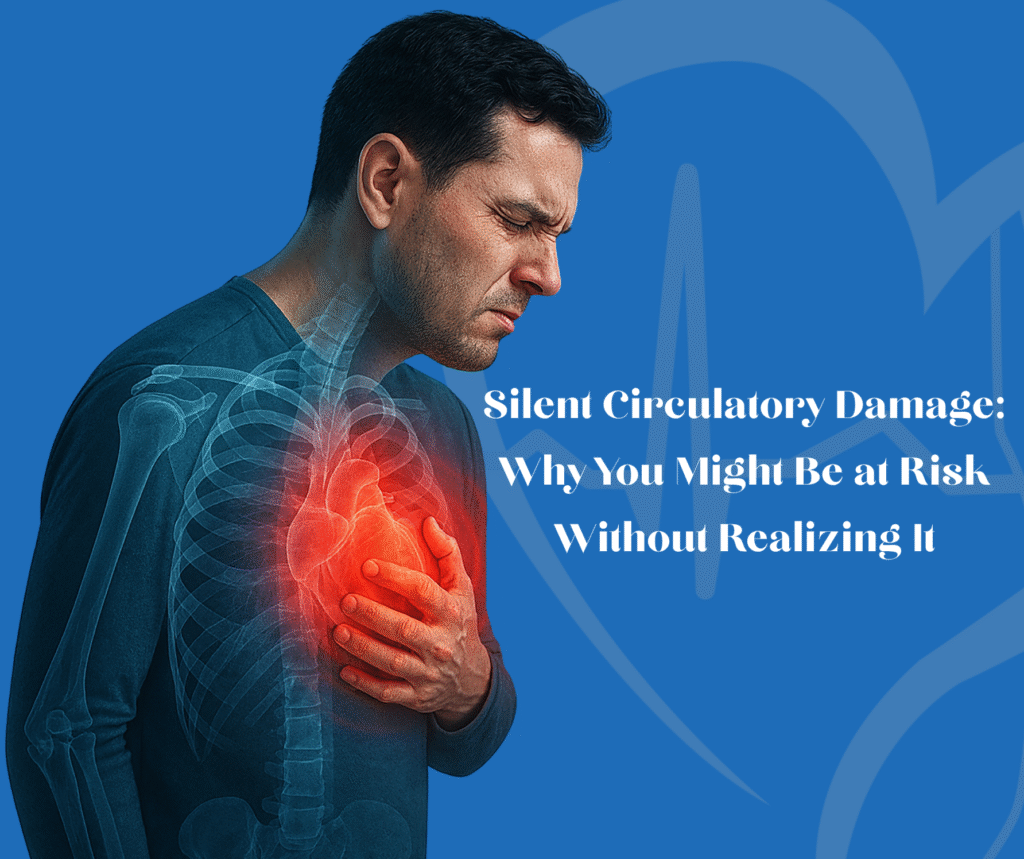
Climbing the stairs should not tire your legs. But it does, and you reassure yourself that it’s okay. Perhaps you must exercise more. Or perhaps it’s just age catching up.
Circulation problems start small. They don’t wake you up in the middle of the night. They only make normal tasks a bit tougher, and you just adapt without realizing something might be wrong.
Peripheral arterial disease doesn’t announce itself. There is no abrupt moment when you become aware that something is amiss.
You just become accustomed to things that should not be natural.
Your legs might:
These things are easy to ignore. Everyone’s legs get tired sometimes. But when it’s PAD, ignoring it gives the disease time to get worse. And worse means harder to treat.
Age is part of it. Most people dealing with PAD are past 50. But plenty of younger people have it too, especially when other things are going on.
Your chances go up if:
One thing on that list doesn’t seal your fate. But multiple factors stack up, and at that point, getting checked makes sense.
Read more: How Lifestyle, Genetics, and Time Intersect in Vascular Aging
Your legs need oxygen. Blood carries it. When arteries become blocked, less blood flows through, and your tissues suffer as a result. First they struggle. Then they start breaking down.
PAD doesn’t stay mild forever. Without treatment, it can cause:
That’s the hard truth. But the other truth is this: we can prevent most of those outcomes if we catch the problem before it gets that far.
People walk into Heart Vascular & Leg Center thinking they’re fine. A doctor suggested screening, or they finally got worried enough to come in.
We run tests and find blockages they didn’t know were there.
Normally, they claim, “I believed this was just ordinary.” That is precisely why screening is so vital.
Most people don’t know they have PAD until symptoms are unbearable to ignore; nevertheless, PAD impacts more individuals than all issues combined.
We use techniques that do not call for extensive surgery to treat it. We encourage mobility, restore blood flow, and stop amputations.
For almost two decades in Bakersfield and Kern County, we have been working on that.
Being screened involves:
We will review the steps to take if a problem arises. Should everything seem great, you go off with confidence.
Most of what we do takes place right here in our office. We provide simple care that doesn’t aggravate your already busy life.
Finding problems early means treatment is more effective. It also means you can stop wondering and start dealing with whatever’s actually happening. Not knowing is its own kind of stress.
Check out what we offer at heartandleg.com or call us directly. We’ll figure out what’s going on and help you handle it.
Should I get screened?
If you’re over 50 or you’ve got risk factors like diabetes or smoking then yes.
Does testing hurt?
No. We use imaging. It’s quick and doesn’t hurt.
What if you find something?
We’ll explain what we found and outline all your options. Most treatments are minimally invasive.
© Copyright 2024 Vascular Health Partners LLC. All Rights Reserved
Designed By CyberWorx